EXQUISITELY CARVED TIGER IN SEMI-TRANSLUCENT JADE Katalognummer: JAK0318-019 Jade China Eastern Zhou, Warring States period, 5th - 4th century BC 虎形玉佩 - 東周, 战国, 公元前5世紀-前4世紀 LENGTH 14.3 CM - WIDTH 6.4 CM 長14.3 厘米 -寬 6.4 厘米 Pendants shaped as crouching tigers with slightly arched bodies were common during the Eastern Zhou period and developed after earlier Western Zhou examples. The tiger-shaped ornament in translucent white jade illustrated here is a magnificent 5th to 4th century BC example that displays the typical combination of abstract and realistic details of Eastern Zhou tiger-shaped jades. The basic outline of the tiger has softer, curved lines for the body, and more angular indentations and notches for the mouth, ears and other details of the face. Three striated bands run at the top, middle and bottom of the pendant, probably simulating the fur: the pattern of double lines incised on the back and at the top suggest the tiger’s stripes, while the lower part of the body is covered with fat, double scrolls. The original white, translucent jade has suffered from alterations that occurred during burial, and the surface has acquired an almost greyish colour: when held to the light one can notice various streaks of light and dark brown with an occasional black mark that are due to inclusions in the stone. There is a small hole for suspension in the tail area, and two cut-outs that define the curve of the tail and where the rear leg meets the body. The jade is in perfect condition. The closest comparable example is a slightly smaller (11.1 x 4.8 cm) tiger-shaped pendant of the 4th century BC that was discovered in one of the accompanying tombs of grave no.1 of the royal cemetery of the Zhongshan state at Hebei Pingshan. The jade, very similar in shape and decoration to the one presented here, is published in Gu Fang, Zhongguo gu yuqi tu dian 中國古玉器圖典 (The pictorial handbook of ancient Chinese jades), Beijing 2007, p.195. Compare also a a tiger-shaped pendant of the same period published in the auction catalogue Archaic and Antique Chinese Jades, Galerie Zacke, December 2, 2017, lot no.32. Startpreis 起始價: € 3.800 Schätzpreis 估計/估算: € 7.600 Expertise: Prof. Filippo Salviati From a Luxembourg collection All jades in this catalogue have been professionally examined, authenticated and described by Prof. Filippo Salviati. Professor Salviati teaches Chinese and Korean art at Sapienza University in Rome, in the Italian Institute of Oriental Studies. He is a world expert on archaic Chinese jades, having released multiple publications and being cited by renowned auction houses such as Sotheby’s. The microscopic images made available here, show that the weathering of the jade has occurred over a long period of time. Furthermore in the magnification one can reconstruct the workings of the jade. The two aforementioned criteria are exactly what counts in the authentication of archaic jades – the difficult and elaborate workmanship by hand and the subsequent weathering of the jade over centuries. The microscopic enlargements show how the patterns were ground out in many small steps, sometimes over months, and that the weathering actually occurs above the carvings, meaning it occurred after the jade was completed.
EXQUISITELY CARVED TIGER IN SEMI-TRANSLUCENT JADE Katalognummer: JAK0318-019 Jade China Eastern Zhou, Warring States period, 5th - 4th century BC 虎形玉佩 - 東周, 战国, 公元前5世紀-前4世紀 LENGTH 14.3 CM - WIDTH 6.4 CM 長14.3 厘米 -寬 6.4 厘米 Pendants shaped as crouching tigers with slightly arched bodies were common during the Eastern Zhou period and developed after earlier Western Zhou examples. The tiger-shaped ornament in translucent white jade illustrated here is a magnificent 5th to 4th century BC example that displays the typical combination of abstract and realistic details of Eastern Zhou tiger-shaped jades. The basic outline of the tiger has softer, curved lines for the body, and more angular indentations and notches for the mouth, ears and other details of the face. Three striated bands run at the top, middle and bottom of the pendant, probably simulating the fur: the pattern of double lines incised on the back and at the top suggest the tiger’s stripes, while the lower part of the body is covered with fat, double scrolls. The original white, translucent jade has suffered from alterations that occurred during burial, and the surface has acquired an almost greyish colour: when held to the light one can notice various streaks of light and dark brown with an occasional black mark that are due to inclusions in the stone. There is a small hole for suspension in the tail area, and two cut-outs that define the curve of the tail and where the rear leg meets the body. The jade is in perfect condition. The closest comparable example is a slightly smaller (11.1 x 4.8 cm) tiger-shaped pendant of the 4th century BC that was discovered in one of the accompanying tombs of grave no.1 of the royal cemetery of the Zhongshan state at Hebei Pingshan. The jade, very similar in shape and decoration to the one presented here, is published in Gu Fang, Zhongguo gu yuqi tu dian 中國古玉器圖典 (The pictorial handbook of ancient Chinese jades), Beijing 2007, p.195. Compare also a a tiger-shaped pendant of the same period published in the auction catalogue Archaic and Antique Chinese Jades, Galerie Zacke, December 2, 2017, lot no.32. Startpreis 起始價: € 3.800 Schätzpreis 估計/估算: € 7.600 Expertise: Prof. Filippo Salviati From a Luxembourg collection All jades in this catalogue have been professionally examined, authenticated and described by Prof. Filippo Salviati. Professor Salviati teaches Chinese and Korean art at Sapienza University in Rome, in the Italian Institute of Oriental Studies. He is a world expert on archaic Chinese jades, having released multiple publications and being cited by renowned auction houses such as Sotheby’s. The microscopic images made available here, show that the weathering of the jade has occurred over a long period of time. Furthermore in the magnification one can reconstruct the workings of the jade. The two aforementioned criteria are exactly what counts in the authentication of archaic jades – the difficult and elaborate workmanship by hand and the subsequent weathering of the jade over centuries. The microscopic enlargements show how the patterns were ground out in many small steps, sometimes over months, and that the weathering actually occurs above the carvings, meaning it occurred after the jade was completed.
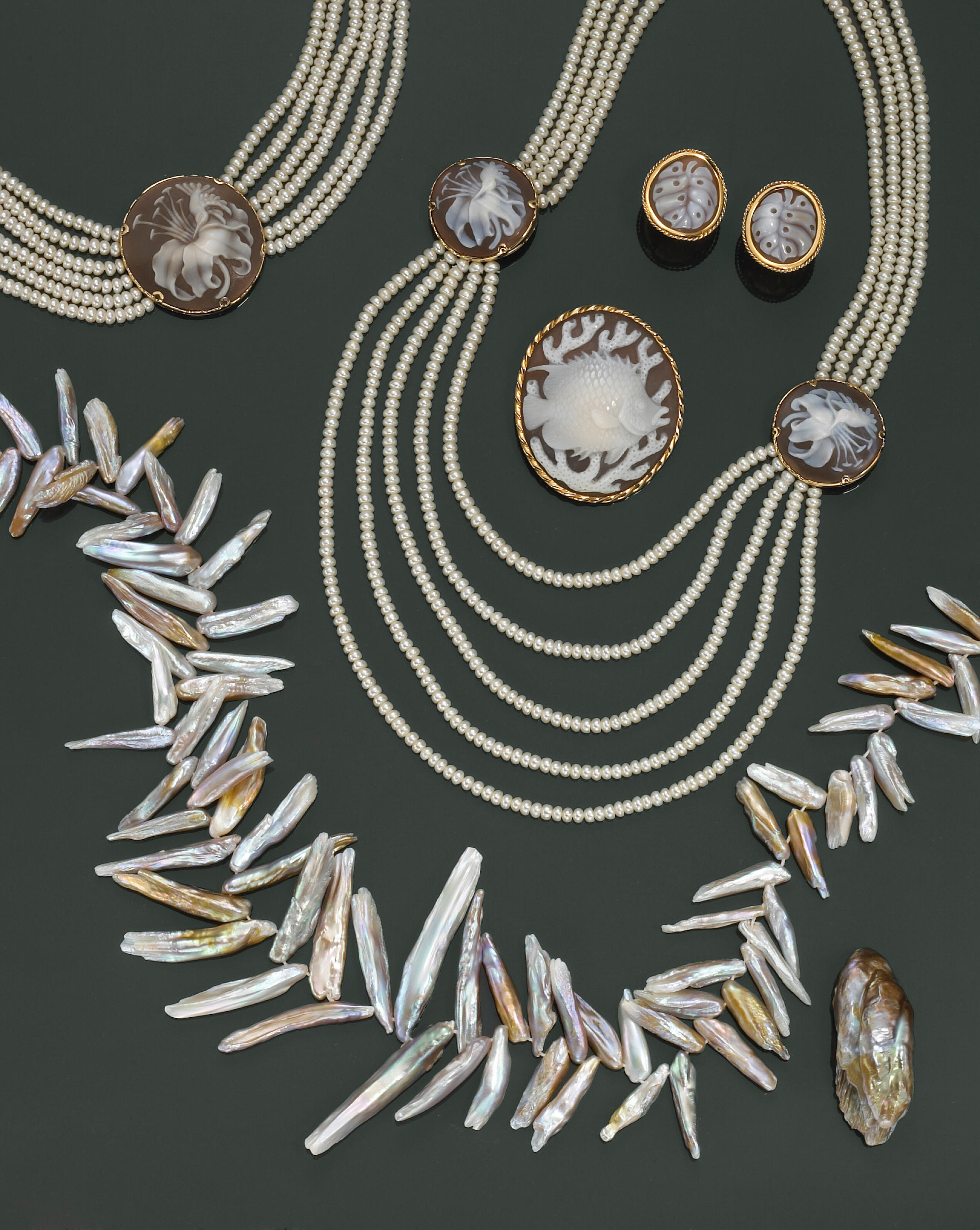

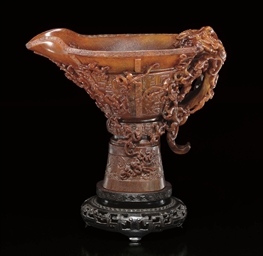



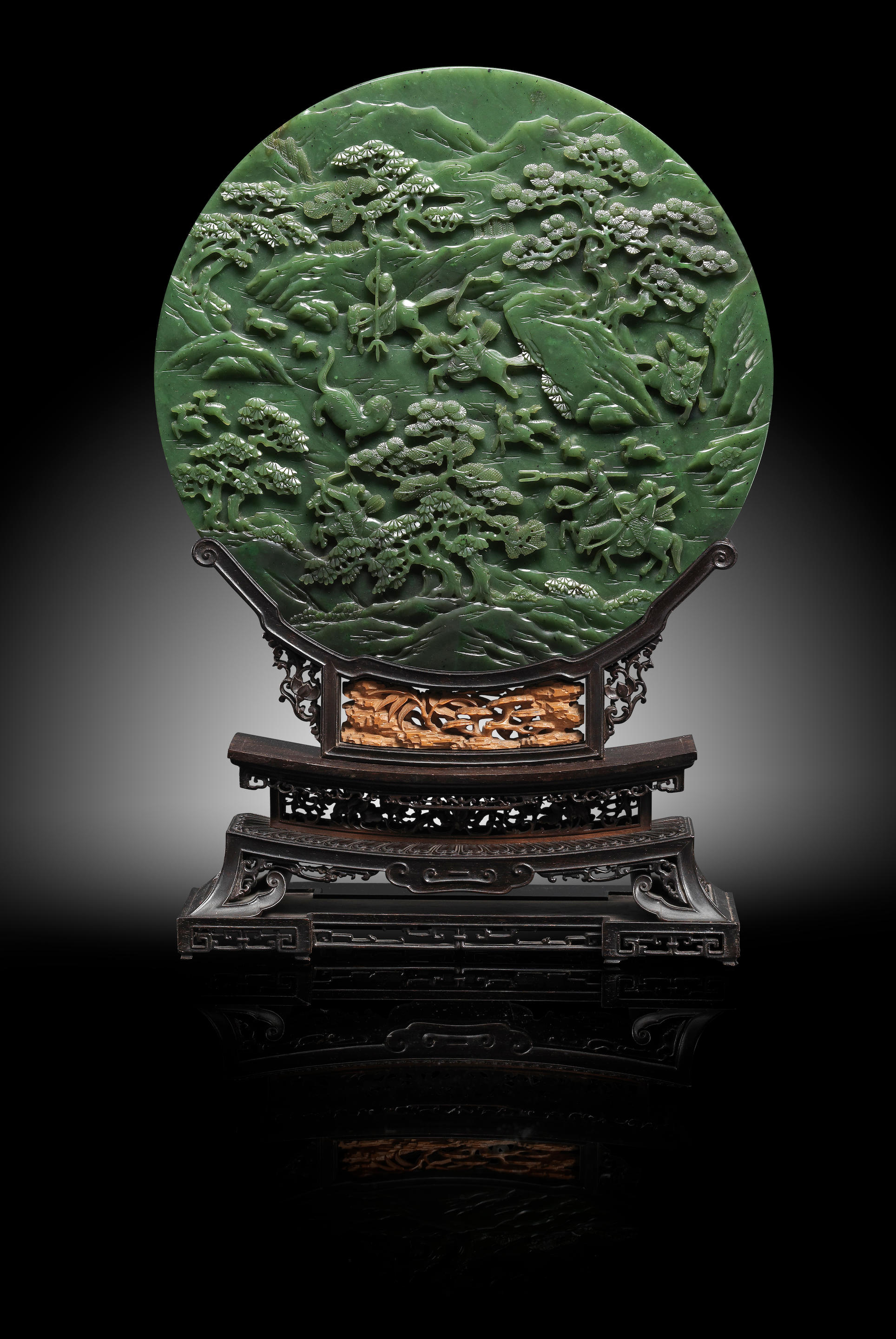
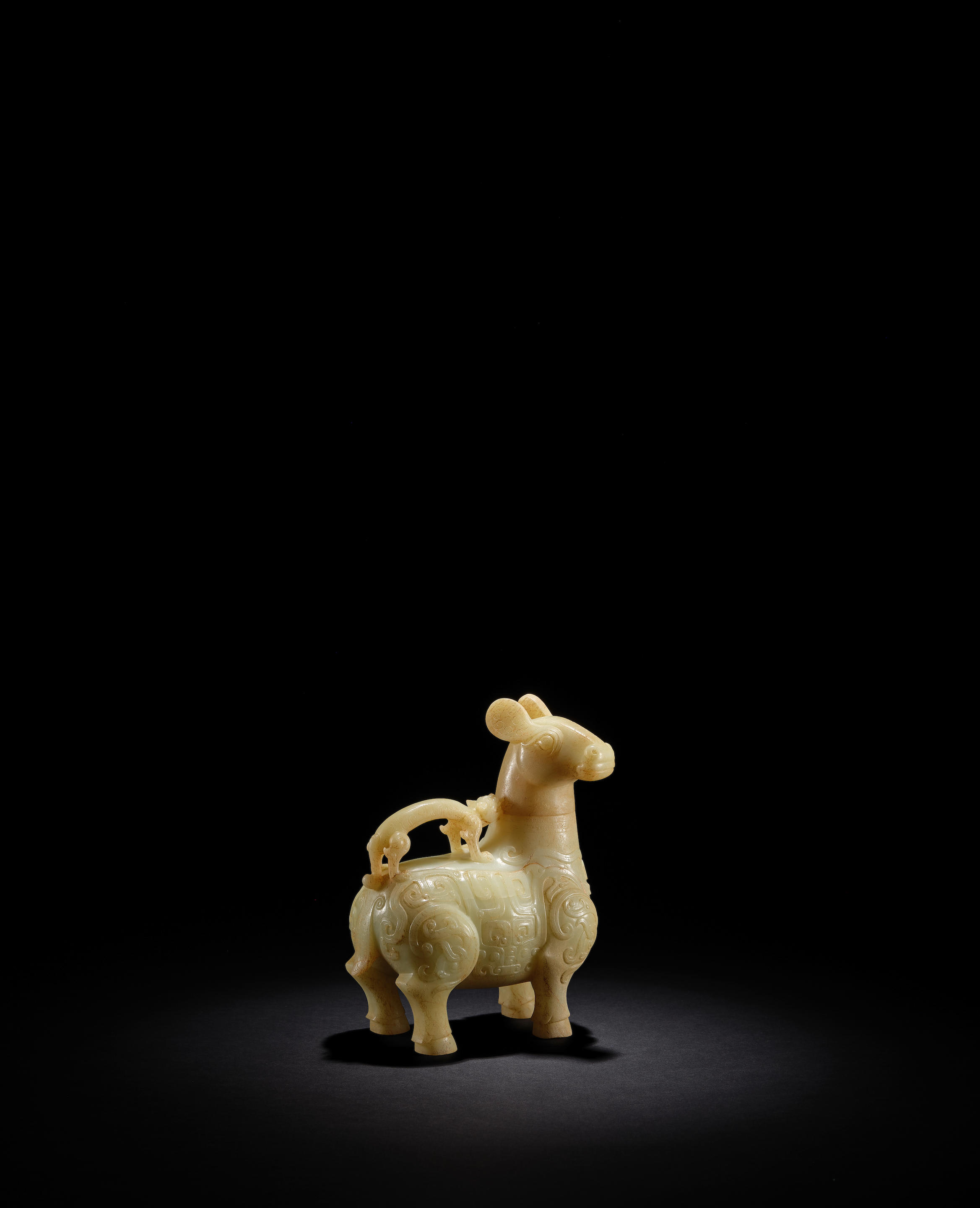
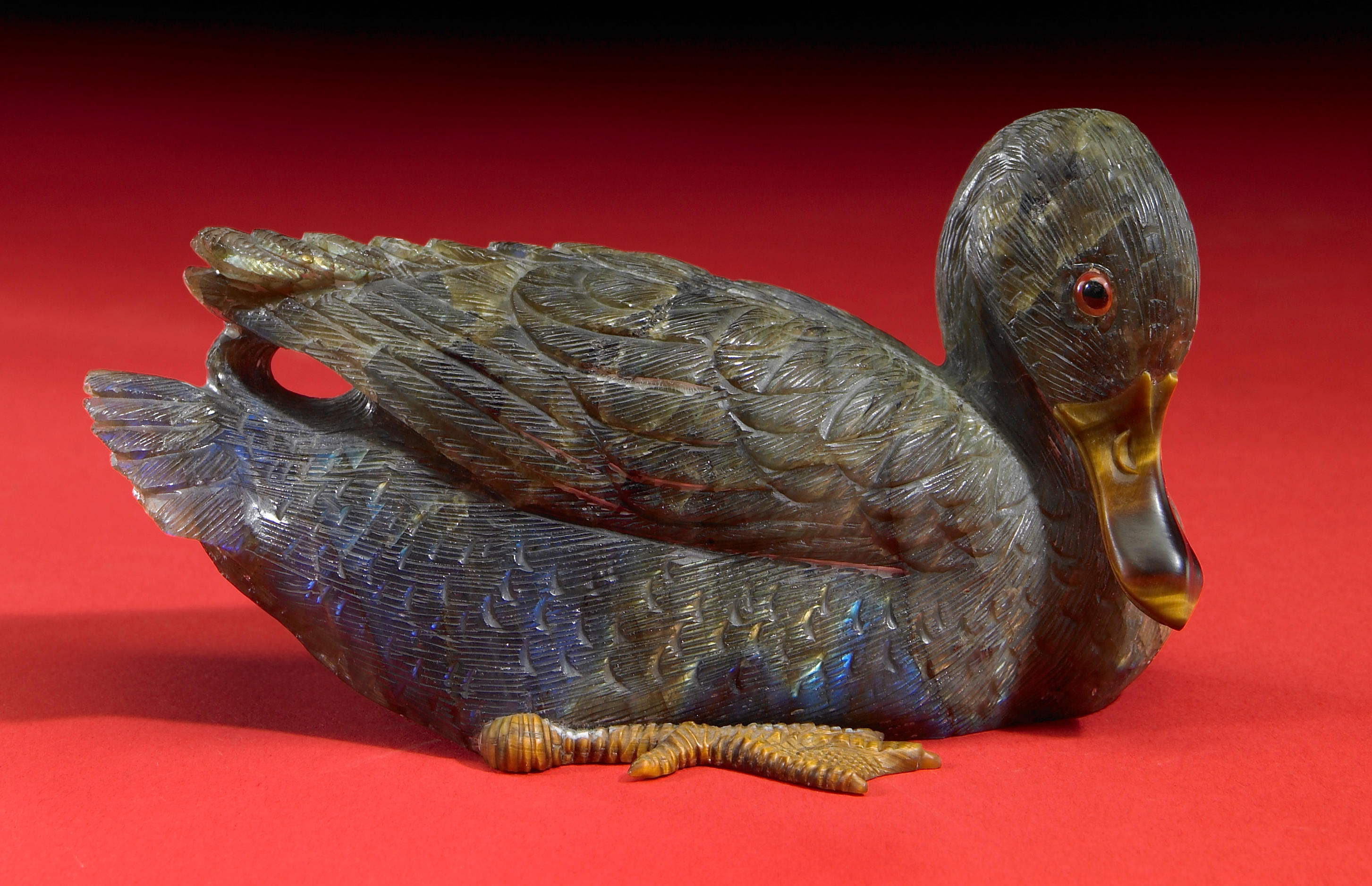
Testen Sie LotSearch und seine Premium-Features 7 Tage - ohne Kosten!
Lassen Sie sich automatisch über neue Objekte in kommenden Auktionen benachrichtigen.
Suchauftrag anlegen